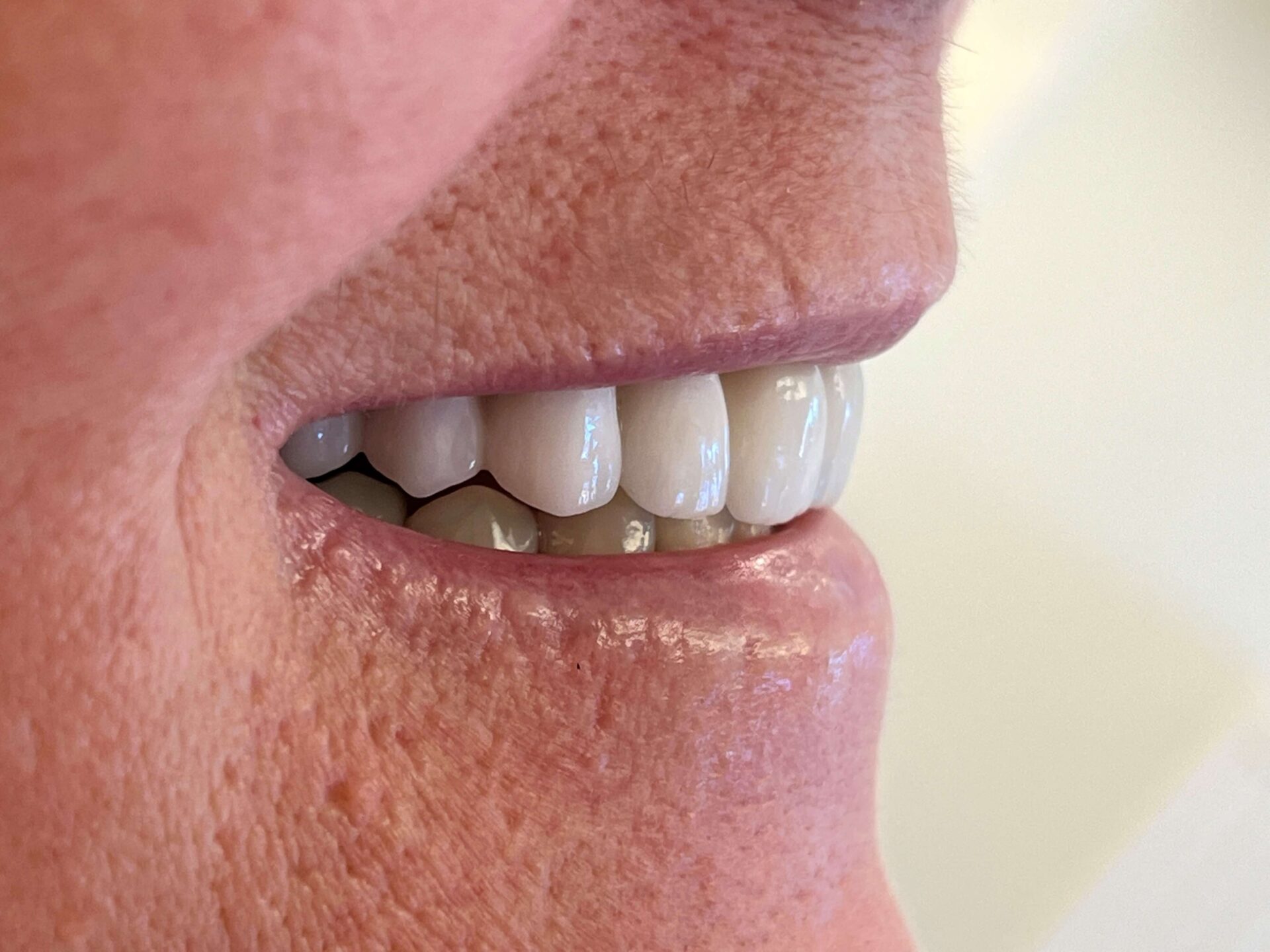Computer-Assisted Implants Placement
In our clinic, we have the option of computer-assisted Implantology. Initially, a specialized device makes digital impressions and a diagnostic wax-up of the jaws, therefore creating their three-dimensional cast in the computer. We, then, enter the results of the X-ray examination of the jaws – performed in our state-of-the-art cone beam radiography scanner (CBCT)- in the computer, thus generating an extremely accurate three-dimensional imaging of the bone. Using the appropriate software, the three-dimensional digital cast is matched with the CT scan of the jaws and we obtain the exact anatomy of the patient’s jaws.
From a library of implants in the program, the type and desired dimensions of the implants are selected per area, and then, they are virtually placed in their ideal position.
Preoperative virtual implant placement has the advantage of knowing in advance the exact amount of bone surrounding the implant, so that the patient is informed whether there is a need for bone regeneration or not. With preoperative virtual implant placement, implants are placed more safely, even in extreme cases, since we know the exact locations of important anatomical features (vessels, nerves, etc.)
After the virtual implant placement is completed on the computer, the data are transferred to a digital printer (3D printer), which manufactures a personalized surgical guide that will be used during the placement of the implants.
The latter is the most advanced application of new technology in Implantology, as it offers the ability of safe implant placement with the highest accuracy and the smallest operational trauma, even in the most challenging anatomical conditions.





